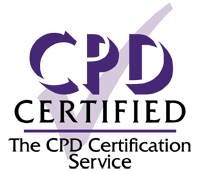The temporomandibular joint is unique, in that it has a fibrocartilaginous intra-articular disc and has a ginglyomo-arthrodial action. The disc is designed to allow for the gliding movement down the posterior slope of the articular eminence with little, if any,...

